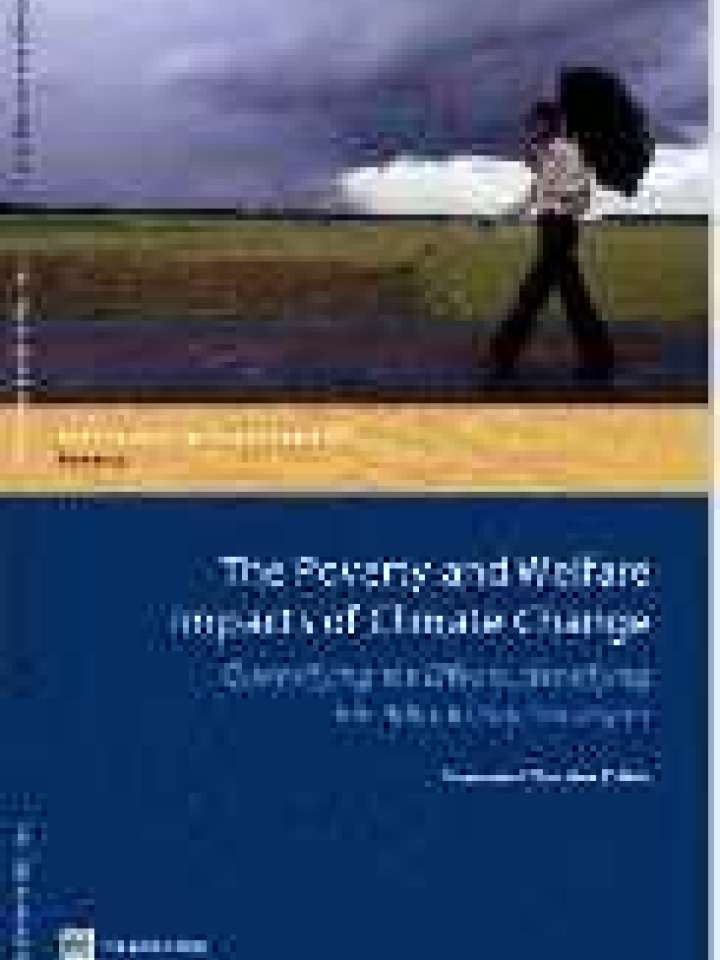The poverty and welfare impacts of climate change: quantifying the effects, identifying the adaptation strategies
This book addresses the way climate change affect global poverty rates and presents country-specific studies with implications for low-income rural populations as well as governments' risk management programs. It surveys the research terrain concerning the effects of climate change on poverty looking closely at vulnerable rural populations in Indonesia and Mexico, where weather shocks have measurable short term, if not immediate, effects on rural livelihoods. It highlights how the low-income farmers of Indonesia and Mexico are at the human forefront of climate change.
Chapter 2 highlights three main strands of analysis: (i) economywide growth models that incorporate climate-change impacts; (ii) sector-specific studies, such as agricultural sector; and (iii) studies that explore how past climate variability has affected poverty. Chapter 3 uses data from rural Indonesia to consider the effects of two rainfall-related shocks. Chapter 4 examines whether climatic variability—namely, deviations of rainfall and temperature from their long-run means—significantly affects the average well-being of rural households in Mexico. The final chapter turns to a health indicator, child height, as another way to measure the impact of weather shocks on poverty.
This book is intended to academics, and decision makers in government and non-governmental organizations, seeking to design climate-smart poverty alleviation and safety net programs based on evidence.
Explore further
